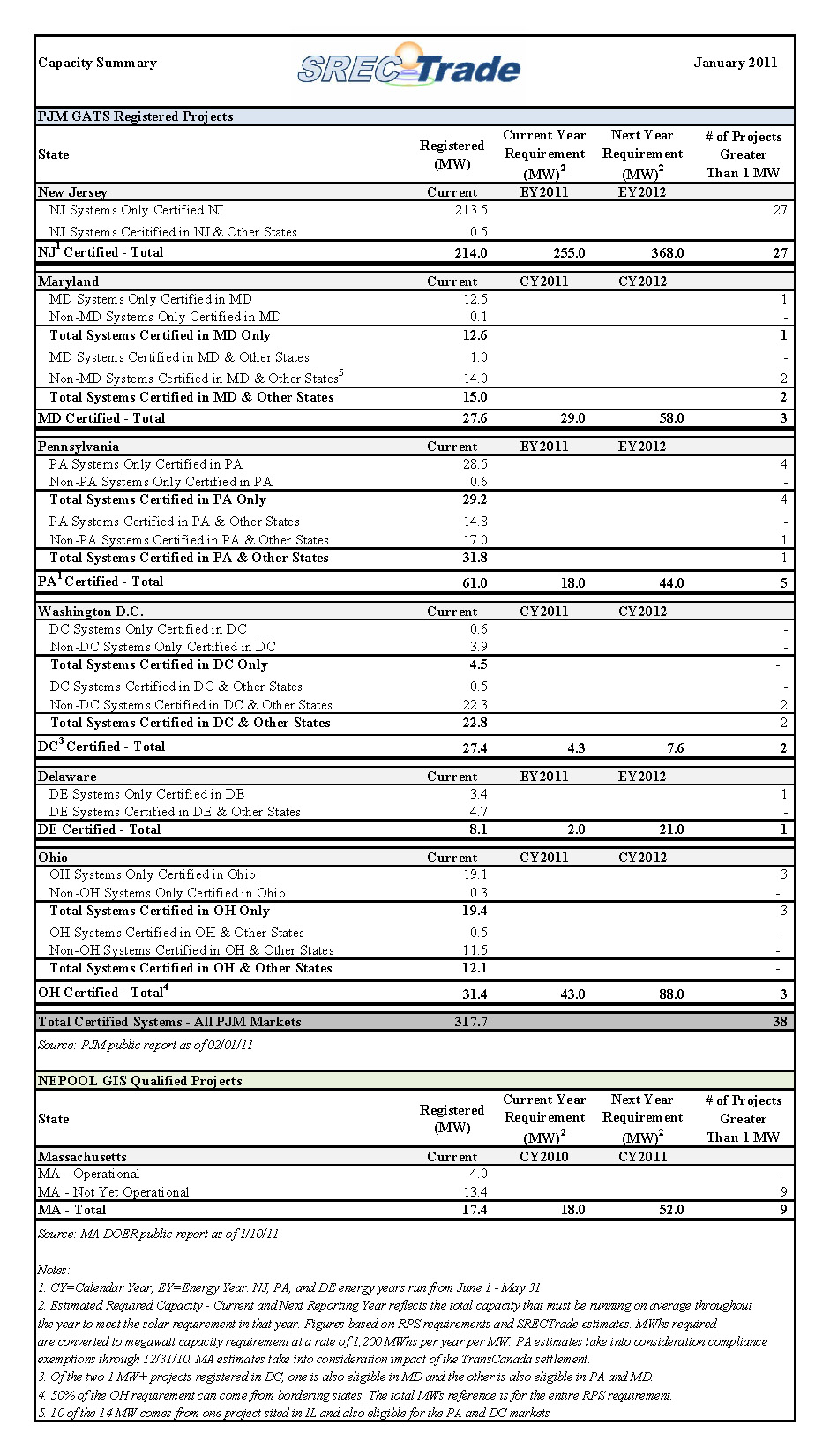Yesterday, Gov. Kasich released his decision to veto Substitute HB554, a bill designed to weaken Ohio’s renewable portfolio standard by converting its compliance standards to voluntary targets for the next three years. The bill, which passed in the Ohio Legislature earlier this month, would follow the state’s two-year RPS freeze, which drastically impacted Ohio’s renewable energy industry, resulting in slow growth and job losses.
Renewable energy and environmental advocates, along with a coalition of Ohio’s business leaders, urged Gov. Kasich to veto the detrimental bill and to focus instead on bolstering the state’s renewable energy economy. Through his veto, Gov. Kasich stood by his position for reinstatement of the RPS, rather than allowing for the GOP to renege on the state’s clean energy goals.
In his veto, Gov. Kasich said that the bill would undermine the state’s progress to date, dealing a “setback to efforts that are succeeding in helping businesses and homeowners reduce their energy costs through increased efficiency” to the tune of “$1.03 billion in savings to date … [and] … $4.15 billion in lifetime savings.” He encouraged the General Assembly to “advance strategies for helping ensure competitive energy costs” and to preserve and expand upon the job growth generated by high technology firms in the renewables industry.
While opponents of the bill hope that Gov. Kasich’s veto sends a message to progress the RPS, the Legislature could override his veto in the next session, which begins on January 9. A three-fifths vote (at least 60 of 99 in the House and at least 20 of 33 in the Senate) would be needed to override the veto. The bill originally passed 56-34 in the House and 18-13 in the Senate.
Tweet
